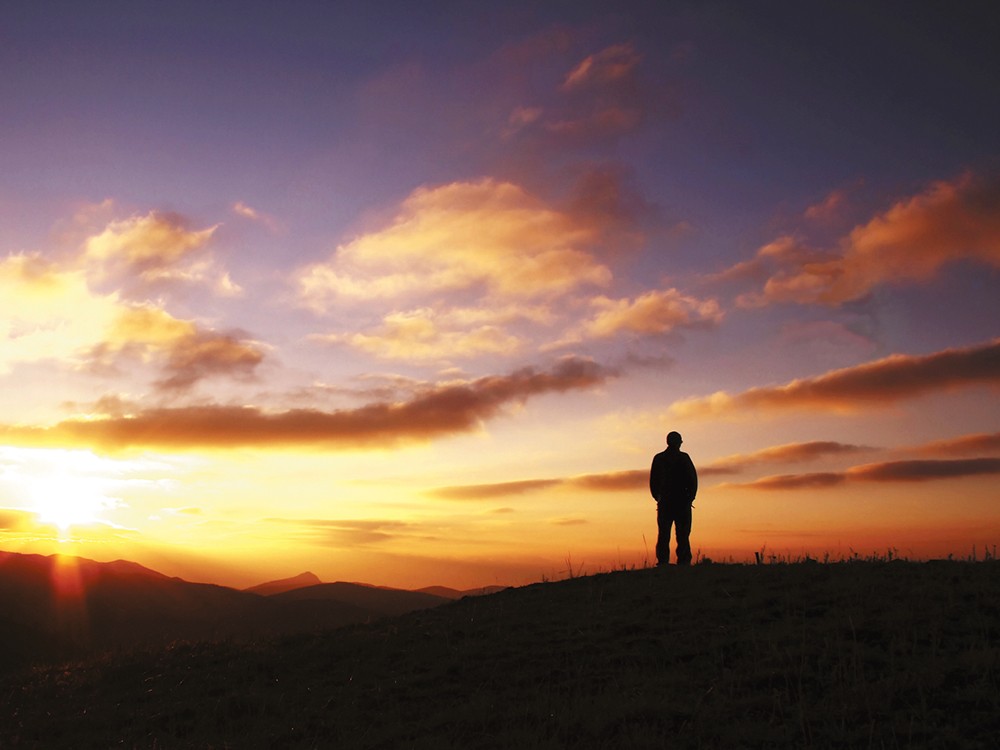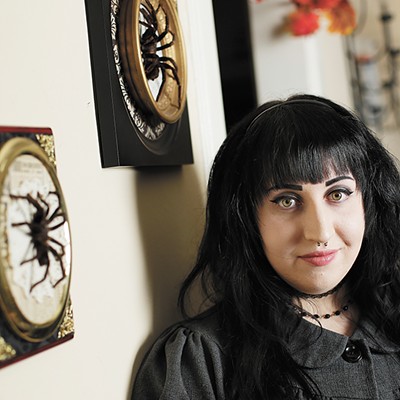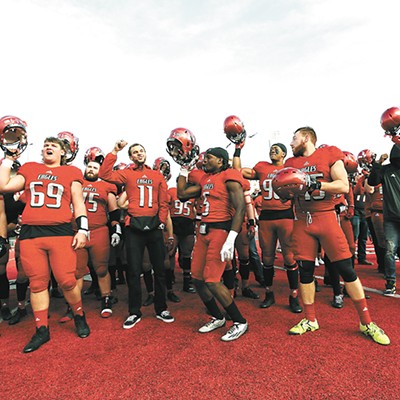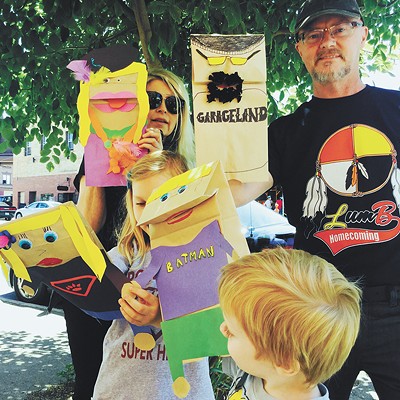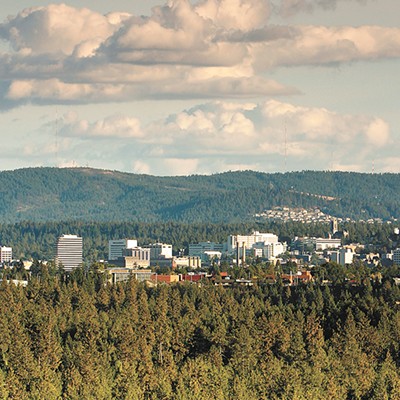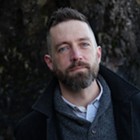When you return from walking certain roads you find you are never the same again.
In an America often brimming with cynicism, one wonders where is the evidence of the other side?
Where is the evidence of hope?
Is there still hope in nature, and wilderness, and the wilderness that exists inside people?
Contrary to the hyper-speed of the contemporary age, there are those who walk quietly toward the dawn, having traversed the night’s darkness and emerging unafraid.
With the current ugly rate of financial, personal, emotional and familial deficit, and with a war economy equaled only by what Mother Teresa once called America’s spiritual poverty, where do we look to find a sense of hope if, in fact, hope is what we need? Mother Teresa’s indictment was even more barbed than we might imagine: She said America is the poorest country in the world because America’s poverty is a spiritual poverty.
Hope.
We find it in the least likely places. At dusk when the sky’s burden moves from blue to black. At dawn when, as if from far below, the vault is filled with light. Or perhaps we find hope down one of those high country roads we knew we needed to walk but were afraid to for fear of what we might find. Ten miles west of Wisdom, Montana, in the far northern corner of the state, there are miracles of topography painfully beautiful to the eye. The Rocky Mountain front runs north to south in a place the Blackfeet called the Backbone of the World. In late autumn, if we have the courage, we might walk together into the night in order to see what we can see. The night is long and the path uneven and often precarious, but on the other side light awaits. In the pre-dawn blackness the great fortresses of rock are ominous and ever present, while forests shroud the land in silence. When the sun begins to light the world, the mountains are not unlike a strange and otherworldly cathedral, filled with air and refracted light and towering sculptures of stone carved as if from a great excess of materials. Above and to the west, the red sky burns on the jagged edge of the earth, and when the sun finally breaks the horizon to the east, our bodies tilt and our faces turn gold. Here, we are returned to the world with gratitude.
And ten miles west of Wisdom, Montana, there are miracles of human friendship and good will to marvel the miracles of the sky. Consider Robbie Paul, a modern-day Nez Perce woman who knew the depths of atrocity her people experienced. Consider her story, a woman whose family had suffered great loss, and who discovered the only road out was to pass through an honest and heart-wrenching encounter with the history of genocide endured by her people. Consider also that she knew she needed to walk that road hand in hand with her father.
In this, a time fraught with violent upheavals in the nation and across the globe, we can listen to Robbie’s story, and let her lead us to a place of right feeling again. In a world harried by human atrocity, waste and war, there are people who speak a deep and meaningful truth. Robbie Paul, Nez Perce, is a descendant of Chief Joseph, the man who spoke his words of irrevocable gravity on the trail of tears: “I will fight no more forever.” Robbie Paul is Nez Perce, a people of uncommon tenacity in the unfolding of United States history. Robbie Paul is Nez Perce, a member of a sovereign nation who now holds reconciliation ceremonies at the site of the Big Hole Massacre, ten miles west of Wisdom, Montana, where little more than a century ago, Nez Perce men, women, and children were massacred by U.S. Cavalry.
Unimaginable if it weren’t for the fact that it’s true, today the descendants of those who were massacred meet with the descendants of the Cavalry who committed the massacre. A ceremony of peace is performed. The Nez Perce invite reconciliation. People confront their interior fears, and emerge stronger and more capable. Despite every right to be hateful or violent, the Nez Perce forgive, and draw the human race into the heart of a necessary encounter with our own darkness. They take the veil from our eyes and let us see.
They touch our brokenness and make us whole again.
Robbie Paul, a scholar with a doctorate in leadership studies from Gonzaga, lives in the Spokane area just north of Deer Park and is a professor at Washington State University. In her research she traced five generations of Nez Perce leaders in her own family, from the advent of first white contact to today. In her research she found the resilience, reconciliation and power of her people. She also found in her people the road to healing, even in the face of genocide and dislocation. A long road indeed, the road of reconciliation, and one that requires our most vital will. At the end of this road she took her father’s hand and walked with him into the heart of the heart of the mountains, where she sat down together with him and with the descendants of those who had massacred her people and her father’s people.
There she did not offer cynicism or contempt, revenge or ruin.
She and her father with her offered peace.
And when they looked to the rim of the world, the sun shone like fire.
Shann Ray is a professor of Leadership Studies at Gonzaga University. He is the author of Forgiveness and Power in the Age of Atrocity: Servant Leadership as a Way of Life; American Masculine: Stories; and Balefire: Poems, forthcoming from Lost Horse Press.

